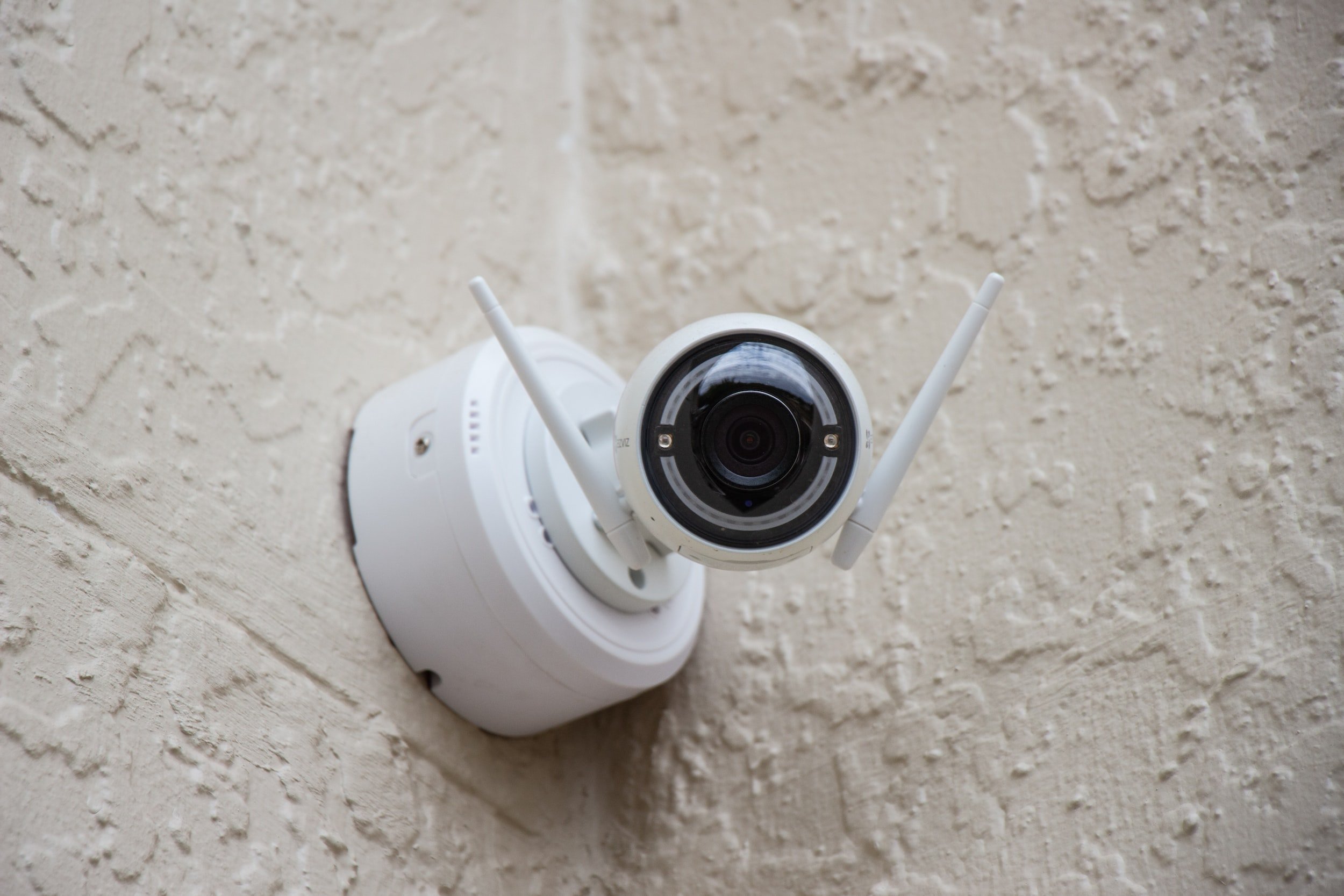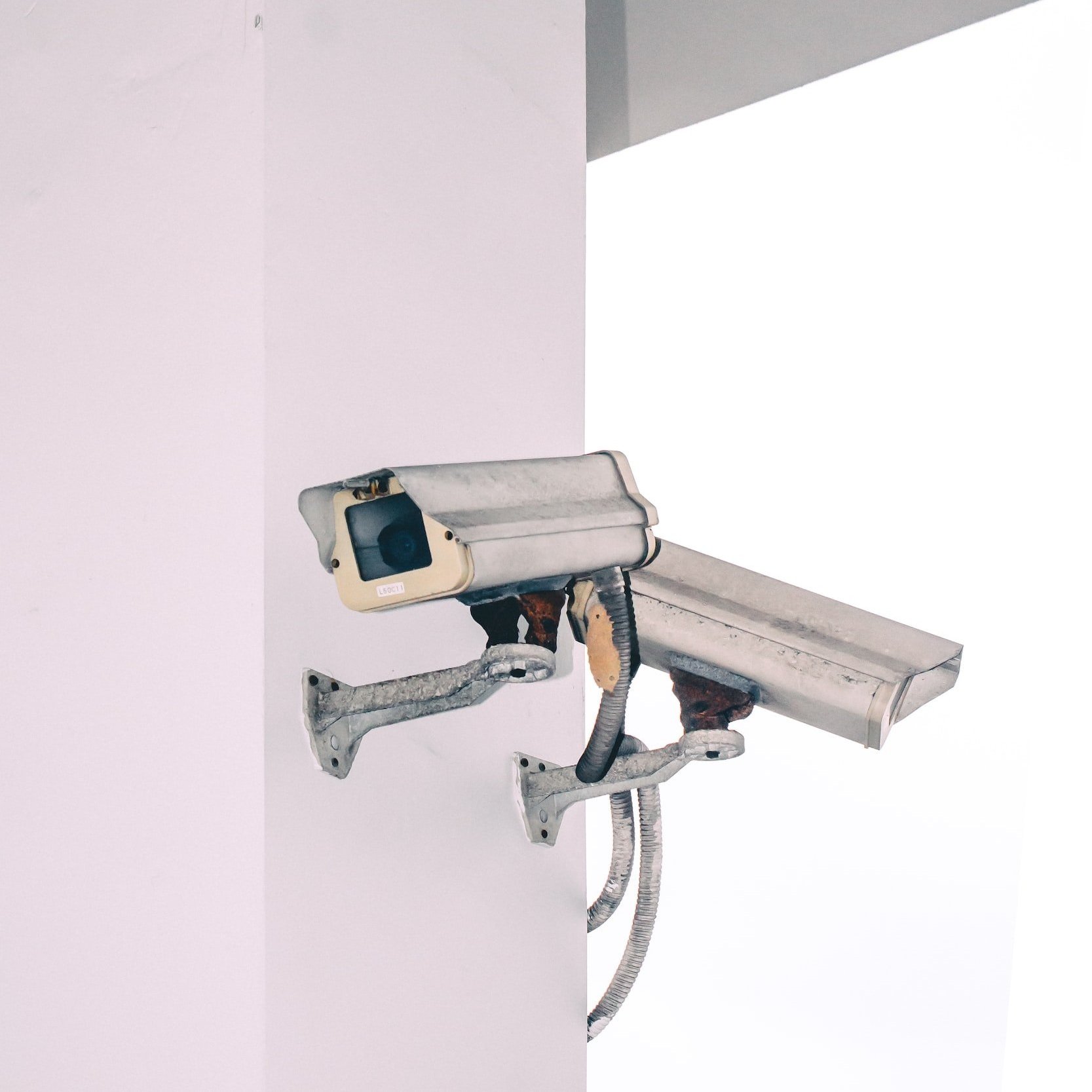The Dangers of Low-Cost Security Cameras
A common security risk
In 2021, more than 24,000 organizations were compromised as their 149,000 combined security cameras were breached.
You’ve heard about it on the news and read about it online. Security cameras connected to video surveillance systems are hacked, diminishing the privacy and security of people everywhere, from residents in their own homes to large corporate companies. No matter how big or small, every business is a potential target for cyber-attacks. And the impact, should you ever fall victim, could be huge. In this post, we’ll explain the vulnerabilities that low-cost security cameras present, what they could mean for you and your business, and how you can stay one step ahead of evolving cyber threats
What’s happening
In early 2021, more than 24,000 organizations including schools, banks, health clinics, and county jails were compromised as their 149,000 combined security cameras were breached. Hackers used high-level log-in credentials to access the network of camera start-up, Verkada, according to an article published by the Washington Post. From the New York Times, we learned that Ring home security systems experienced several breaches in 2019 in which hackers gained access to cameras and intercoms by simply logging in with a username and password.
More often, people are looking for more affordable, DIY-type cameras for their video surveillance systems. What’s the appeal? They are easy to find, easy to install, and affordable while appearing to deliver the same result as a more costly, professional security camera. Simply google “affordable security cameras” and you’ll find a plethora of the “best cheap security cameras for 2022”, costing as low as $36 on Amazon!
But during a time when cybercrime is the fastest-growing type of crime and threats are constantly evolving, low-cost security cameras present real vulnerabilities. They exploit weaknesses in systems that are connected to the internet or internal networks, increasing the potential to become a target.
Wondering if your security cameras are secure?
With a simple technology assessment, we can help bring vulnerabilities into focus.
The problem with low-cost security cameras
The convenience and reliability of network camera systems, along with the ability to view cameras remotely have become increasingly necessary for businesses. But because the recorder and/or cameras need an internet or network connection, these systems introduce unprotected devices that can expose people’s privacy and put their security at risk. While low-cost security cameras may be affordable and effective for video surveillance, they fall short of keeping up with cyber security.
Low-cost security cameras have shorter life cycles, making support unavailable
Without long-term support, critical firmware updates are not available to keep cameras cyber secure
To maintain security and support, cameras must be replaced more frequently
Firmware updates
Firmware updates alone should give you second thoughts about low-cost security cameras. We can’t stress enough the importance of regular firmware updates. They improve the functionality and features of your devices and provide fixes to performance issues that may occur. But most importantly, they continually provide security updates that minimize the risk of cybercrime and keep your system safe.
Do you need help updating your camera firmware? We can do it for you, just contact us.
The impact of a cyber breach
Hackers are out there, and they are more creative than ever. They seek to take over systems and steal data, extort targets, or collect ransoms. Should you suffer a breach due to low-cost security cameras, you could face major implications:
Financial
Legal and regulatory costs and the investment of many hours to recover
Lost productivity when operations are interrupted
Technical costs to restore or remedy damaged devices or compromised information
Reputation
Employee and client turnover
Loss of brand trust
Lack of new business development
Minimizing the risk of low-cost security cameras
So how do you manage the cost savings of more affordable security cameras vs. the associated risks? Here are some tips:
Know the risk and expected lifecycle of camera models you are purchasing
Ensure your IT team understands the risk and it fits within your company’s risk tolerance
If you do leverage low-cost cameras, implement a closed network design to minimize the risk
Choose video surveillance systems with built-in defenses like data encryption and endpoint protection
Conduct a technology vulnerability assessment
In a world where cyber criminals keep getting smarter, it’s not easy to keep up.
Are we saying you must always spend thousands of dollars on the latest and greatest technology? No. Security is about more than equipment. It starts with awareness of the risks, threats, and vulnerabilities unique to your environment and the steps needed to mitigate them. Then you can better prioritize and plan. We can help you stay one step ahead by identifying your vulnerabilities so you can make informed decisions about the security of your video system.
Subscribe
Sign up for more industry tips, trends, and best practices from SecurAlarm.


